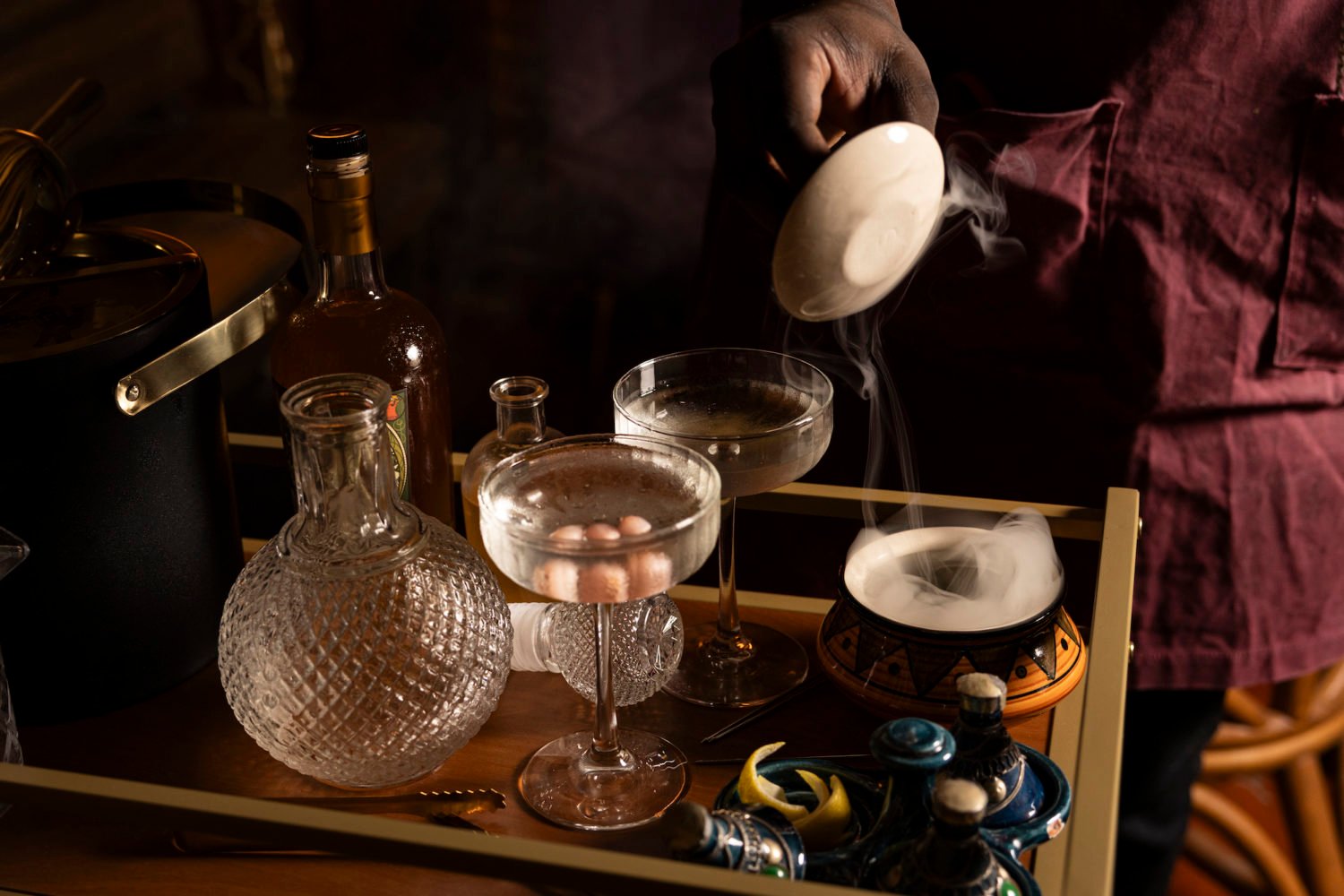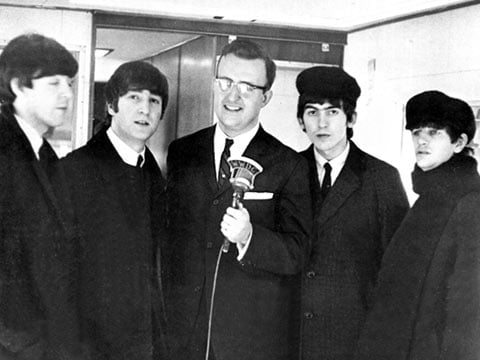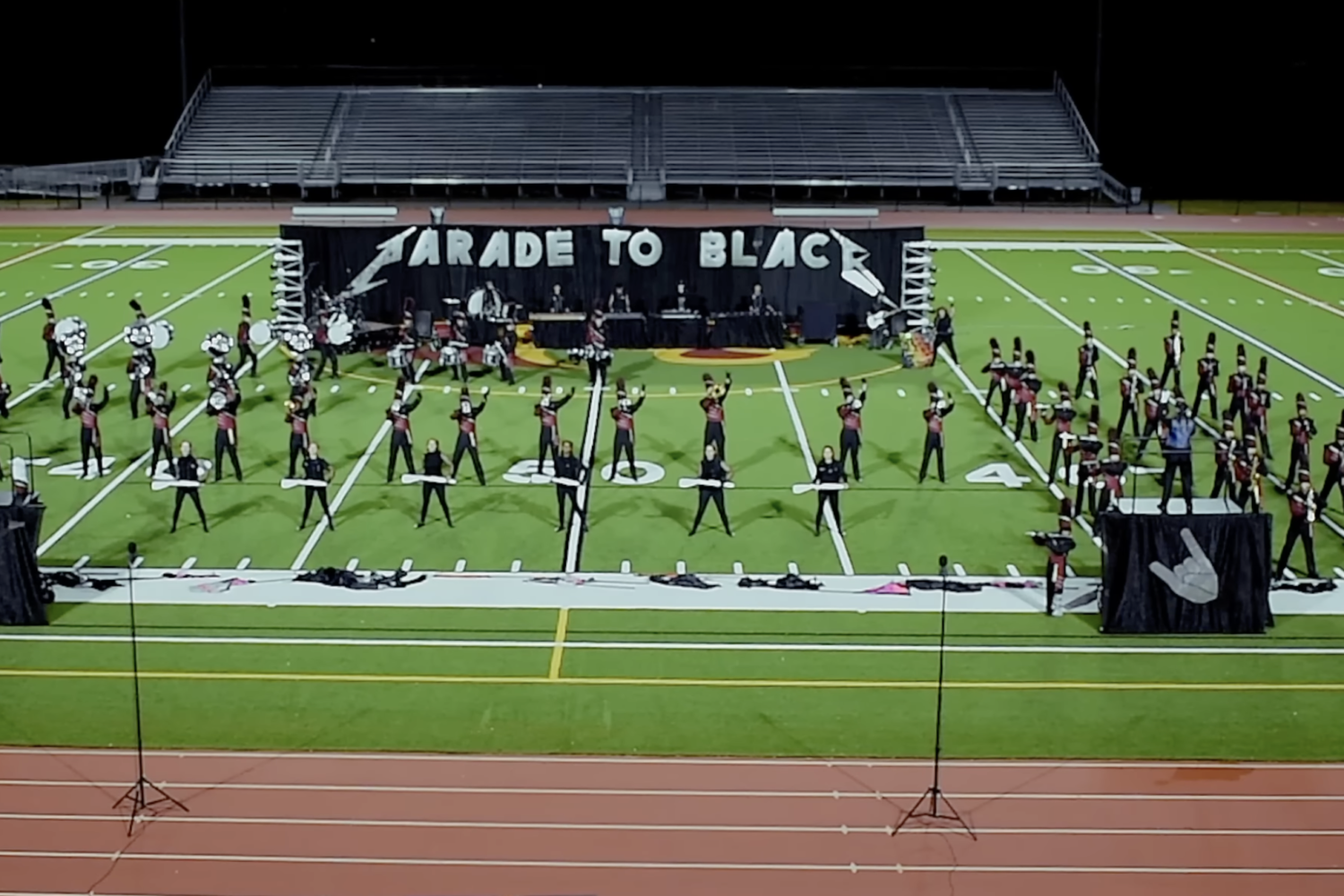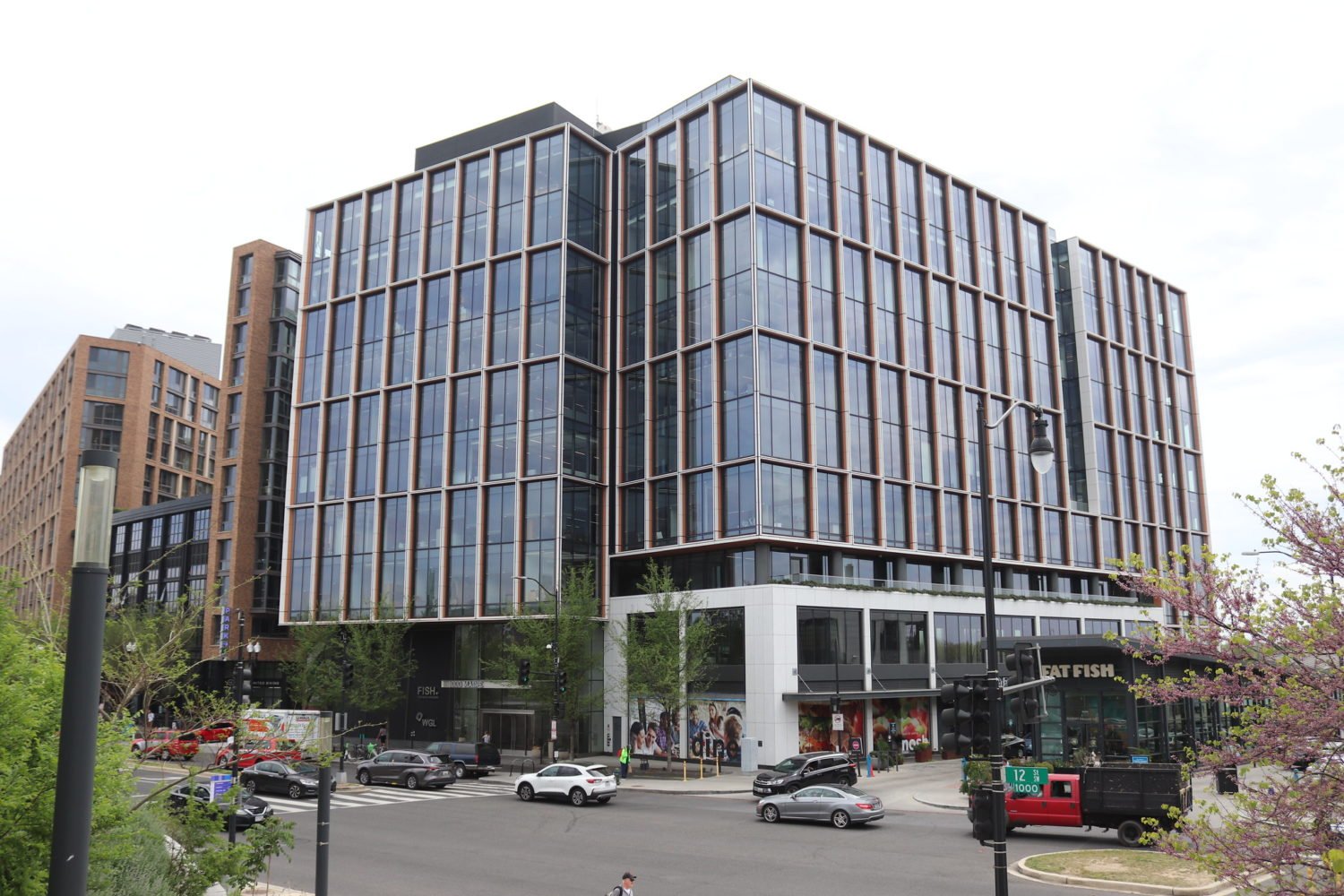When he gets ready to take a shower, Chris VanArsdale flips a timer on the wall. A recirculation pump starts moving hot water from a solar-heated tank in his basement. The hot water pushes cold water in the pipes back to the hot-water tank. Minutes later, when VanArsdale, a lawyer turned builder, turns on the faucet, hot water comes out.
“Ordinarily you have to turn on the shower and let the cold water resting in the pipes run down the drain before the hot water gets to the faucet,” says VanArsdale, who lives in Kalorama. “I’m no longer wasting all the water—it goes back into the tank. With six people in our house, we save about 2,500 gallons of water each month. My water bills were about $80 a month; now they are closer to $40. It just took a few extra feet of pipe and a $10 timer switch.”
There are lots of options for designing a “green” bathroom that can conserve water, energy, and other resources.
The door to VanArsdale’s bathroom is made of bamboo, a plant considered environmentally friendly because it grows quickly. The floor is concrete and fly ash, a waste product from coal-fired plants. The floor is heated by a solar thermal hydronic system: Solar panels on the roof heat water that circulates through pipes in the floor. The Japanese-made Toto toilet has two flushing options, half and full.
The bathroom at Zach Wilson’s family’s farm in Calvert County was built with a “passive solar” design. South-facing windows allow the low winter sun to warm the room; angled eaves block the hot summer sun when it is high in the sky. The windows are triple-paned and framed in wood for better insulation.
A polished concrete floor with radiant-heating tubes also absorbs the sun’s warmth in winter and keeps the bath cool in summer. A high-efficiency water heater provides additional floor heat when needed as well as water for bathing. Exterior walls are insulated with recycled denim from a company called Bonded Logic. “The denim byproduct is a great replacement to fiberglass, and it was easy to install ourselves,” says Wilson, founder of a small green building consulting firm, Ecological Living Logistics.
The family salvaged an old clawfoot tub and reglazed it with new porcelain. A bed of river stones catches water that flows over the tub’s edge. “It is like a do-it-yourself endless tub,” says Wilson, who credits his parents with the idea. A drain under the stones runs into the septic system, and the house was preplumbed to use “gray water”—so the family’s next project will be to reuse the overflow for watering the garden.
Chris VanArsdale is the founder of GBO Construction, a green building firm, and president of the board of directors of GreenHome, a nonprofit that works to build affordable and sustainable homes throughout Washington. Thanks to photovoltaic panels and solar thermal panels, his house uses little outside gas or electricity. Neither does Takoma Park “green” architect Bill Hutchins’s home.
These men are at the forefront of a steady greening of Washington.
Cost can be a stumbling block for people. “Compared to a prefabricated condominium, building green is expensive,” says Hutchins, who adds that green building techniques don’t cost more than high-quality construction would. And, he says, “think about the return. My heating bill for my 2,700-square-foot house for the whole winter is just $500.”
Given the size of many new homes in Washington, 2,700 square feet may not seem much. “A central principle of green building is to build smaller,” Hutchins explains. “I create homes and additions for clients that are 25 to 33 percent smaller than they were anticipating. That savings goes into more-efficient energy systems and more-solid construction, which means lower heating, cooling, and maintenance costs.”
DC, Virginia, Maryland, and the federal government offer tax credits or grants for green building. You’ll find a list of these incentives at dsireusa.org.
Green design doesn’t have to cost more. Hutchins’s bathroom is a medley of recycled tiles and tile fragments. It looks as if Picasso took up mosaic work. Hutchins got the countertops and tiles from a throwaway pile at Counter Intelligence, a Silver Spring tile store. He got a lot of his bath fixtures from companies that sell recycled building materials, such as Community Forklift in Edmonston, Maryland.
The grout between the tiles is nontoxic. The slightly irregular look of the straw-bale walls gives the bathroom the look of an old Mediterranean home.
Even if you aren’t ready to go as far as these families when remodeling, it turns out there are shades of green.
Conserving Water
According to Green Building Supply, “on average, 60 percent of a family’s water bill goes down the drain in the toilet and the shower, 20 percent in the laundry, and 20 percent in other indoor areas like the kitchen.” The average household uses 185 to 290 gallons of water a day, it says.
If your showerhead was made before 1992, when legislation required water-saving fixtures, it probably pours out about five gallons of water a minute. Newer showerheads use as little as one gallon of water a minute, yet they still put out a strong stream. If the average person showers for ten minutes a day, switching to a low-flow showerhead can save a family of four 58,000 gallons of water a year.
Installing a faucet aerator in your sink is another easy way to reduce water use. Available for $2 to $5 at any hardware store, an aerator—which adds more air to the water flowing out of your faucet, so you use less—can cut water flow from about 2½ to 1½ gallons a minute.
Low-flow toilets line the aisles at Home Depot. Toto toilets are a favorite with green-industry professionals because of their durability.
Dual-flush toilets, commonly used in Europe, have both a “half flush” and a “full flush” option. Toto and Wasauna now sell dual-flush options in the United States for $380 to $750; a standard toilet starts at $200. Dual-flush toilets are easily installed with standard plumbing.
Reusing Water
During the 1980s droughts in California, people collected rainwater and used it to flush toilets. They also collected shower water for watering plants.
VanArsdale just finished building a shower in his home with two drains. If DC regulations allow, he will close off the drain that leads to the sewage system and open the other, which collects “gray” water runoff in a cistern. He will use this water for his garden and possibly for flushing toilets.
The Toilet Lid Sink is an inexpensive way to save water—and shock your friends. This sink attaches to the tank on the back of your toilet and sends clean water first into the sink for hand washing; then that used water flushes waste. The white plastic tank lid fits most standard toilets and costs about $90.
Saving Water and Energy
Energy is used in bathrooms to heat water and the room and for lighting. When choosing water heaters, insulation, and windows, look for the Department of Energy’s Energy Star label, a sign of energy efficiency.
According to VanArsdale, a recirculating pipe system like the one in his bathroom is the best way to save water and energy. “The pipe system is inexpensive,” he says. “Any plumber can do it.”
Another way to save energy is to check that your water heater and pipes are well insulated. A lot of energy can be lost trying to keep water warm.
Solar water heaters are getting more common. These systems are installed on a roof specifically to heat water. There are a few different kinds of solar water heaters; according to Greenbuilder.com, domestic solar water heaters are $1,000 to $3,500.
There are also hot-water systems known as “central on demand” that are used in place of a water tank. These heat water when needed as it comes in from the city. The best ones are located in a central place in the home, from which no long journey is needed to deliver the water. On-demand tanks are available in propane, natural gas, and electric.
VanArsdale says that these are best used for a vacation home where you don’t need to keep a tank of water heated constantly. If you have a large family that needs a lot of hot water, these systems may end up drawing more energy unless you have a main green energy source. Bill Hutchins’s home uses radiant floor heat fueled by a central on-demand house-heating system; a tank in the basement holds biodiesel made from soybeans.
Windows and Floors
Single-pane windows without good insulation and without newer energy-efficient thermal coatings can account for 10 to 25 percent of home energy use. Window manufacturers produce double-pane windows; the best ones have a low heat-escape factor, or U-factor ratings.
Concrete or ceramic tile with radiant floor heat can be comfortable underfoot. Concrete and ceramic are efficient in holding and distributing heat, so there’s little heat loss. Most systems work by running hot water through tubes beneath the floor. Some radiant floor heaters run on electricity, but electricity can use more energy and be less “green” than other choices.
You can take things to a darker shade of green with a solar-powered hydronic radiant floor-heating system like the one Chris VanArsdale installed. It circulates solar-heated water through pipes in the floor.
Natural Lighting
Efficient lighting is another way to reduce energy costs. The most efficient: natural light. If you have windows in your bathroom, you may not need to turn the lights on until night.
Replacing a single incandescent bulb with a compact fluorescent will keep 450 pounds of greenhouse gases out of the atmosphere over the life of the bulb. Another option that also uses a fraction of the wattage of a standard bulb is a light-emitting diode, or LED. These are small, efficient, durable bulbs, but they are more expensive. An LED can cost $40 but has at least ten times the service life of a comparable incandescent.
If the bath’s location in the house allows, VanArsdale recommends installing Solatubes. These are essentially skylights, but you do not need a straight shot to the sky to draw in light. The tubes can turn corners—such as around a structural beam in the attic or to reach a place on the roof that gets more sun. Because the sides are made of reflective materials, acting like mirrors, natural light reaches into the room.
Decorating Your Bath
You can make an impact on your own environment, as well as the planet’s, by purchasing green bath products.
Towels and bathrobes: According to the Organic Trade Association, organic agriculture doesn’t put pesticides into the ground, air, or water. Companies such as Anna Sova (annasova.com), VivaTerra (vivaterra.com), and Greensage.com offer towels and bathrobes made with organic cotton. Many big companies, such as Lands’ End, are selling organic now, too.
Shower curtains and bathmats: Gaiam (gaiam.com) makes shower curtains out of linen grown without pesticides, and bathmats from biodegradable cork. The bathmats dry quickly, and hold less bacteria, because they don’t retain moisture.
Cleaners and personal products: Many household chemicals end up down the drain. A walk through Whole Foods, Yes! Organic Market, or Trader Joe’s offers green options for bathroom cleaning, including products by Mrs. Meyer’s and Ecover, as well as ecofriendly soaps and bath products. You can even buy a toothbrush or razor from a company, Recycline, that makes them out of recycled Stonyfield yogurt containers.
Furniture and other products: A number of stores and catalogs now sell green furniture. Bluehouse, in Baltimore (bluehouselife.com), worked with the studio Luke Works to produce the Katharos Collection, bath furniture made from bamboo and recycled concrete.
Where to Buy Green
Remodeling? These area stores offer green and recycled building materials—from nontoxic paint and grout to recycled sinks to discounted new tubs. Many accept old building materials.
Amicus Green Building Center, 4080-A Howard Ave., Kensington; 301-571-8590; amicusgreen.com. Ecofriendly options for tile, countertops, and more.
Community Forklift, 4671 Tanglewood Dr., Edmonston, Md.; 301-985-5180; communityforklift.com. New, used, and green building supplies.
Habitat for Humanity ReStore; see restorenova.org to find the nearest location. New as well as used home-improvement items. Materials, donated by local businesses and individuals, are priced 50 to 90 percent below retail.
Loading Dock, 2 N. Kresson St., Baltimore; 410-558-3625; loadingdock.org. Another building-materials reuse center. Its tagline: “You could build a house with what people throw away.”
Other Resources
Green Building Institute, Jessup; 443-733-1234; greenbuildinginstitute.org. Classes, lectures, and resources for green building.
National Building Museum, 401 F St., NW; 202-272-2448; nbm.org. The exhibit “The Green House” runs through June 24. The museum’s shop is selling a bevy of green products, while its Web site offers a list of sources for ecofriendly products—including paint, tile, and insulation—and provides an explanation of different green ratings such as Energy Star, the Forest Stewardship Council, and Leadership in Energy and Environmental Design.
US Department of Energy, energy.gov/taxbreaks.htm. Information on tax breaks for green choices.
US Green Building Council, usgbc.org. This site includes a list of green architects.

















